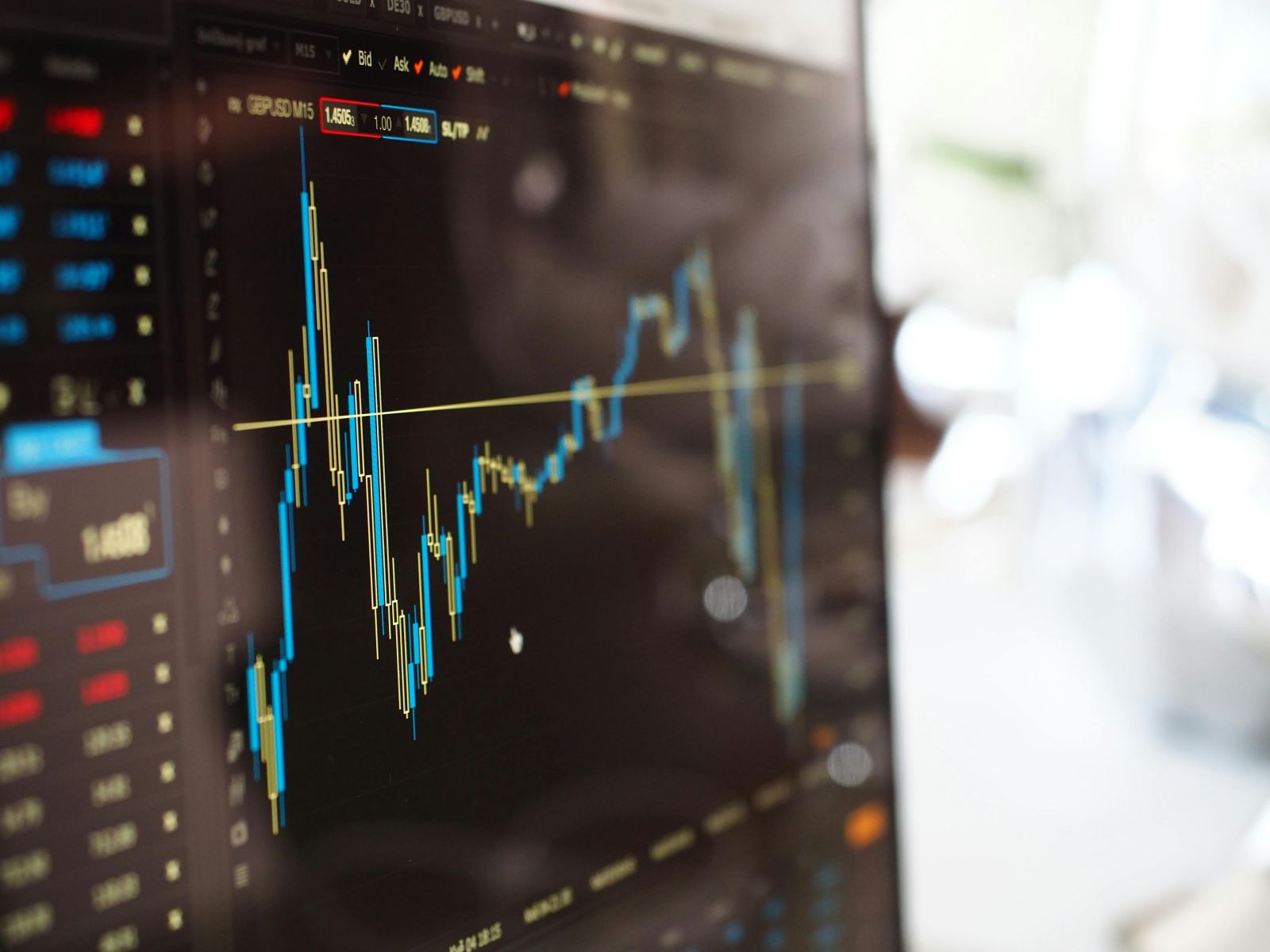
This is sponsored content. Barchart is not endorsing the websites or products set forth below.
MetaTrader 5, commonly known as MT5, is a powerful trading platform that provides users with a comprehensive set of tools and features to help them make informed trading decisions. While MT5 is popular among seasoned traders, it’s also user-friendly enough for beginners looking to dip their toes into the world of forex, stocks, and other financial markets. This guide will walk you through some basic features of MT5 trading, as well as introduce you to essential indicators.
Getting Started with MT5
MetaTrader 5 is available as both a desktop application and a mobile app, making it accessible wherever you are. To start, download the platform and create an account with a brokerage that supports MT5. Once you’re set up, MT5 provides a demo account option, allowing you to practice trading without risking real money. This is a valuable feature for beginners, as it lets you familiarize yourself with the interface, try different indicators, and refine your strategies in a risk-free environment.
When you open MT5, you’ll see various tabs and panels, including the Market Watch window, where you can view different trading instruments, and the Navigator panel, where you can access indicators, expert advisors, and other tools. The charting area is where the magic happens, as it allows you to analyze price movements and apply indicators to identify trading opportunities.
Key Indicators for Beginners
Besides news and economic updates, indicators are valuable tools that analyze past price data to provide insights about potential future movements. They are particularly useful for beginners, as they help simplify price action, making it easier to identify trends, reversals, and entry or exit points.
Moving Average (MA)
The Moving Average (MA) is a fundamental indicator that smooths out price data to help identify trends. It does so by calculating the average price over a specific period. There are two main types of moving averages:
- Simple Moving Average (SMA): This averages the closing prices over a set period, such as 20 or 50 days. The SMA helps you see the general direction of the market and can act as support or resistance.
- Exponential Moving Average (EMA): Unlike the SMA, the EMA gives more weight to recent prices, making it more responsive to current market conditions. This is especially useful in volatile markets, where faster reactions are needed.
One popular strategy for beginners is using two moving averages of different periods, like the 50-day and 200-day moving averages. When the shorter moving average crosses above the longer one, it’s called a “Golden Cross,” signaling a potential uptrend. Conversely, when it crosses below, it’s known as a “Death Cross,” indicating a possible downtrend.
MACD (Moving Average Convergence Divergence)
The MACD indicator is one of the most widely used indicators among both beginners and experienced traders. It combines trend-following and momentum aspects, making it a powerful tool for identifying potential buy or sell signals. The MACD is made up of three main components:
- MACD Line: Calculated by subtracting the 26-period EMA from the 12-period EMA.
- Signal Line: A 9-period EMA of the MACD line, which acts as a trigger for buy or sell signals.
- Histogram: The difference between the MACD line and the signal line, displayed as a bar chart. The histogram helps show the strength and direction of momentum.
When the MACD line crosses above the signal line, it’s typically a bullish signal, suggesting it may be a good time to buy. Conversely, when the MACD line crosses below the signal line, it’s considered a bearish signal, indicating a potential selling opportunity. The MACD histogram can also provide additional clues, as widening bars suggest increasing momentum, while narrowing bars indicate weakening momentum.
Relative Strength Index (RSI)
The RSI is a momentum oscillator that ranges from 0 to 100 and helps determine overbought or oversold conditions. When the RSI is above 70, it generally indicates that an asset is overbought and could be due for a pullback. When it’s below 30, the asset is considered oversold and may be poised for a rebound.
The RSI can be particularly helpful for beginners because it provides clear signals for potential entry or exit points. For example, if you see the RSI reaching above 70 and a price level that has acted as resistance in the past, it could be a good time to consider selling or exiting a buy position.
Bollinger Bands
Bollinger Bands consist of a moving average (usually the 20-day SMA) and two bands set at two standard deviations above and below this average. These bands expand and contract based on market volatility. When the price reaches the upper band, it may indicate that the asset is overbought, while hitting the lower band may signal an oversold condition.
Beginners can use Bollinger Bands to identify potential reversal points. For instance, if the price repeatedly touches the lower band in an uptrend, it might be a signal to buy, anticipating a continuation of the trend. Similarly, in a downtrend, if the price repeatedly touches the upper band, it might be time to consider selling.
Stochastic Oscillator
The Stochastic Oscillator is another momentum indicator that helps identify overbought and oversold conditions. It consists of two lines, %K and %D, which oscillate between 0 and 100. When the lines are above 80, the asset is overbought, and when they’re below 20, it’s oversold.
A crossover between the %K and %D lines can signal potential entry or exit points. For example, if the %K line crosses above the %D line in an oversold area, it could be a buy signal. Conversely, if %K crosses below %D in an overbought area, it might signal a selling opportunity. The Stochastic Oscillator is particularly useful in ranging markets, where price oscillates between support and resistance levels.
This article contains sponsored content. Barchart has not reviewed, approved, or endorsed the content, and may receive compensation for placement of the content on this site. For more information please view the Barchart Disclosure Policy here.



/Palantir%20by%20Hiroshi-Mori-Stock%20via%20Shutterstock.jpg)


/Intel%20Corp_%20badge%20holder-by%20hasrul_rais%20via%20Shutterstock.jpg)
/amazon%20holiday%20delivery%20boxes%20by%20Cineberg%20via%20iStock.jpg)